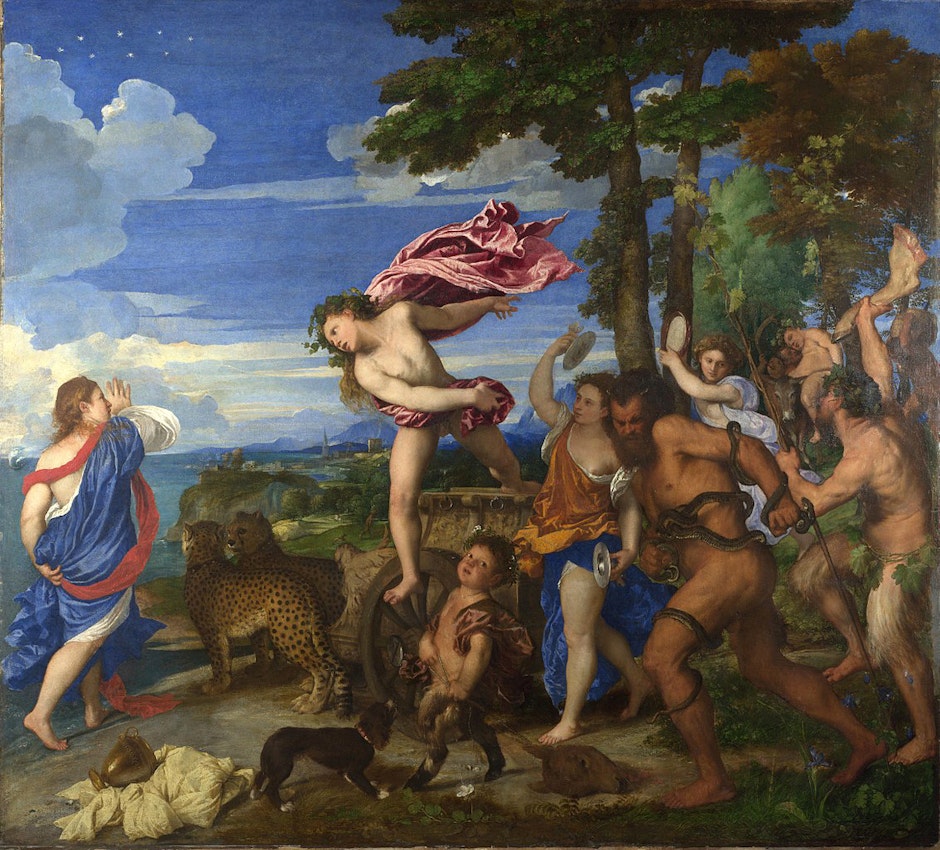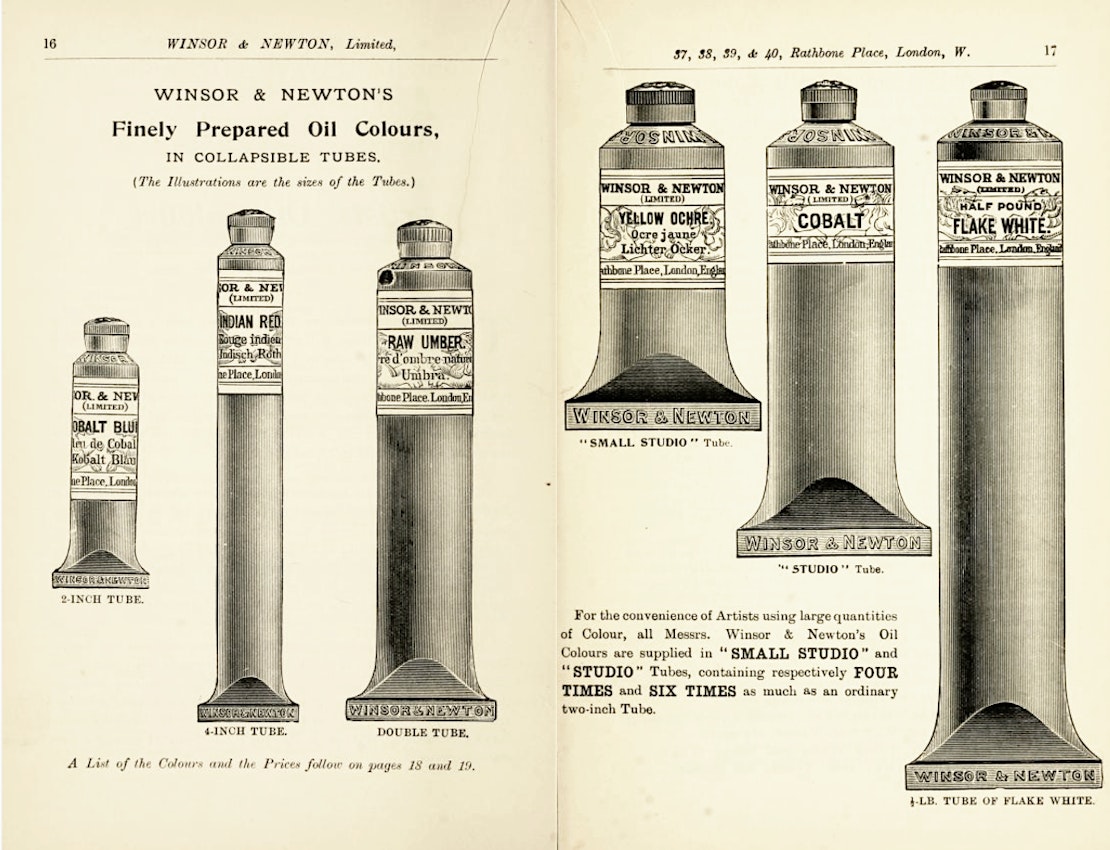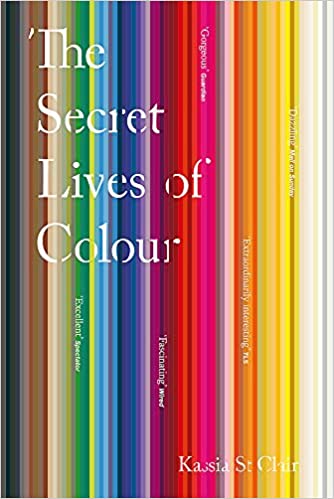The ‘untranslatable’ emotions you never knew you had

From gigil to wabi-sabi and tarab, there are many foreign emotion words
with no English equivalent. Learning to identify and cultivate these
experiences could give you a richer and more successful life.
- This story is featured in BBC Future’s “Best of 2017” collection. Discover more of our picks.
These words – taken from Bantu, Tagalog, and Dutch – have no direct English equivalent, but they represent very precise emotional experiences that are neglected in our language. And if Tim Lomas at the University of East London has his way, they might soon become much more familiar.
Lomas’s Positive Lexicography Project aims to capture the many flavours of good feelings (some of which are distinctly bittersweet) found across the world, in the hope that we might start to incorporate them all into our daily lives. We have already borrowed many emotion words from other languages, after all – think “frisson”, from French, or “schadenfreude”, from German – but there are many more that have not yet wormed their way into our vocabulary. Lomas has found hundreds of these "untranslatable" experiences so far – and he’s only just begun.
Learning these words, he hopes, will offer us all a richer and more nuanced understanding of ourselves. “They offer a very different way of seeing the world.”

Gigil
is a Tagalog word that describes the irresistible urge to pinch or
squeeze someone because they are loved or cherished (Credit: Alamy)
Lomas says he was first inspired after hearing a talk on the Finnish concept of sisu,
which is a sort of “extraordinary determination in the face of
adversity”. According to Finnish speakers, the English ideas of “grit”,
“perseverance” or “resilience” do not come close to describing the inner
strength encapsulated in their native term. It was "untranslatable" in
the sense that there was no direct or easy equivalent encoded within the
English vocabulary that could capture that deep resonance.
Intrigued, he began to hunt for further examples, scouring the academic literature and asking every foreign acquaintance for their own suggestions. The first results of this project were published in the Journal of Positive Psychology last year.
Many of the terms referred to highly specific positive feelings, which often depend on very particular circumstances:
Intrigued, he began to hunt for further examples, scouring the academic literature and asking every foreign acquaintance for their own suggestions. The first results of this project were published in the Journal of Positive Psychology last year.
Many of the terms referred to highly specific positive feelings, which often depend on very particular circumstances:
- Desbundar (Portuguese) – to shed one’s inhibitions in having fun
- Tarab (Arabic) – a musically induced state of ecstasy or enchantment
- Shinrin-yoku (Japanese) – the relaxation gained from bathing in the forest, figuratively or literally
- Gigil (Tagalog) – the irresistible urge to pinch or squeeze someone because they are loved or cherished
- Yuan bei (Chinese) – a sense of complete and perfect accomplishment
- Iktsuarpok (Inuit) – the anticipation one feels when waiting for someone, whereby one keeps going outside to check if they have arrived
- Natsukashii (Japanese) – a nostalgic longing for the past, with happiness for the fond memory, yet sadness that it is no longer
- Wabi-sabi (Japanese) – a “dark, desolate sublimity” centred on transience and imperfection in beauty
- Saudade (Portuguese) – a melancholic longing or nostalgia for a person, place or thing that is far away either spatially or in time – a vague, dreaming wistfulness for phenomena that may not even exist
- Sehnsucht (German) – “life-longings”, an intense desire for alternative states and realisations of life, even if they are unattainable
- Dadirri (Australian aboriginal) term – a deep, spiritual act of reflective and respectful listening
- Pihentagyú (Hungarian) – literally meaning “with a relaxed brain”, it describes quick-witted people who can come up with sophisticated jokes or solutions
- Desenrascanço (Portuguese) – to artfully disentangle oneself from a troublesome situation
- Sukha (Sanskrit) – genuine lasting happiness independent of circumstances
- Orenda (Huron) – the power of the human will to change the world in the face of powerful forces such as fate

Portuguese fado singers like Cristina Branco channel the intense longing of "saudade" (Credit: Getty Images)
In
the future, Lomas hopes that other psychologists may begin to explore
the causes and consequences of these experiences – to extend our
understanding of emotion beyond the English concepts that have dominated
research so far.
But studying these terms will not just be of scientific interest; Lomas suspects that familiarising ourselves with the words might actually change the way we feel ourselves, by drawing our attention to fleeting sensations we had long ignored.
“In our stream of consciousness – that wash of different sensations feelings and emotions – there’s so much to process that a lot passes us by,” Lomas says. “The feelings we have learned to recognise and label are the ones we notice – but there’s a lot more that we may not be aware of. And so I think if we are given these new words, they can help us articulate whole areas of experience we’ve only dimly noticed.”
As evidence, Lomas points to the work of Lisa Feldman Barrett at Northeastern University, who has shown that our abilities to identify and label our emotions can have far-reaching effects.
Her research was inspired by the observation that certain people use different emotion words interchangeably, while others are highly precise in their descriptions. “Some people use words like anxious, afraid, angry, disgusted to refer to a general affective state of feeling bad,” she explains. “For them, they are synonyms, whereas for other people they are distinctive feelings with distinctive actions associated with them.”
This is called “emotion granularity” and she usually measures this by asking the participants to rate their feelings on each day over the period of a few weeks, before she calculates the variation and nuances within their reports: whether the same old terms always coincide, for instance.
But studying these terms will not just be of scientific interest; Lomas suspects that familiarising ourselves with the words might actually change the way we feel ourselves, by drawing our attention to fleeting sensations we had long ignored.
“In our stream of consciousness – that wash of different sensations feelings and emotions – there’s so much to process that a lot passes us by,” Lomas says. “The feelings we have learned to recognise and label are the ones we notice – but there’s a lot more that we may not be aware of. And so I think if we are given these new words, they can help us articulate whole areas of experience we’ve only dimly noticed.”
As evidence, Lomas points to the work of Lisa Feldman Barrett at Northeastern University, who has shown that our abilities to identify and label our emotions can have far-reaching effects.
Her research was inspired by the observation that certain people use different emotion words interchangeably, while others are highly precise in their descriptions. “Some people use words like anxious, afraid, angry, disgusted to refer to a general affective state of feeling bad,” she explains. “For them, they are synonyms, whereas for other people they are distinctive feelings with distinctive actions associated with them.”
This is called “emotion granularity” and she usually measures this by asking the participants to rate their feelings on each day over the period of a few weeks, before she calculates the variation and nuances within their reports: whether the same old terms always coincide, for instance.

Wabi-sabi
is a Japanese term that describes our appreciation of transient and
imperfect beauty - such as the fleeting splendour of cherry blossom
(Credit: Getty Images)
Importantly,
she has found that this then determines how well we cope with life. If
you are better able to pin down whether you are feeling despair or anxiety,
for instance, you might be better able to decide how to remedy those
feelings: whether to talk to a friend, or watch a funny film. Or being
able to identify your hope in the face of disappointment might help you to look for new solutions to your problem.
In this way, emotion vocabulary is a bit like a directory, allowing you to call up a greater number of strategies to cope with life. Sure enough, people who score highly on emotion granularity are better able to recover more quickly from stress and are less likely to drink alcohol as a way of recovering from bad news. It can even improve your academic success. Marc Brackett at Yale University has found that teaching 10 and 11-year-old children a richer emotional vocabulary improved their end-of-year grades, and promoted better behaviour in the classroom. “The more granular our experience of emotion is, the more capable we are to make sense of our inner lives,” he says.
Both Brackett and Barrett agree that Lomas’s “positive lexicography” could be a good prompt to start identifying the subtler contours of our emotional landscape. “I think it is useful – you can think of the words and the concepts they are associated with as tools for living,” says Barrett. They might even inspire us to try new experiences, or appreciate old ones in a new light.
It’s a direction of research that Lomas would like to explore in the future. In the meantime, Lomas is still continuing to build his lexicography – which has grown to nearly a thousand terms. Of all the words he has found so far, Lomas says that he most often finds himself pondering Japanese concepts such as wabi-sabi (that “dark, desolate sublimity” involving transience and imperfection). “It speaks to this idea of finding beauty in phenomena that are aged and imperfect,” he says. “If we saw the world through those eyes, it could be a different way of engaging in life.”
--
David Robson is BBC Future’s feature writer. He is @d_a_robson on Twitter.
In this way, emotion vocabulary is a bit like a directory, allowing you to call up a greater number of strategies to cope with life. Sure enough, people who score highly on emotion granularity are better able to recover more quickly from stress and are less likely to drink alcohol as a way of recovering from bad news. It can even improve your academic success. Marc Brackett at Yale University has found that teaching 10 and 11-year-old children a richer emotional vocabulary improved their end-of-year grades, and promoted better behaviour in the classroom. “The more granular our experience of emotion is, the more capable we are to make sense of our inner lives,” he says.
Both Brackett and Barrett agree that Lomas’s “positive lexicography” could be a good prompt to start identifying the subtler contours of our emotional landscape. “I think it is useful – you can think of the words and the concepts they are associated with as tools for living,” says Barrett. They might even inspire us to try new experiences, or appreciate old ones in a new light.
It’s a direction of research that Lomas would like to explore in the future. In the meantime, Lomas is still continuing to build his lexicography – which has grown to nearly a thousand terms. Of all the words he has found so far, Lomas says that he most often finds himself pondering Japanese concepts such as wabi-sabi (that “dark, desolate sublimity” involving transience and imperfection). “It speaks to this idea of finding beauty in phenomena that are aged and imperfect,” he says. “If we saw the world through those eyes, it could be a different way of engaging in life.”
--
David Robson is BBC Future’s feature writer. He is @d_a_robson on Twitter.









_-_Teignmouth_-_T03882_-_Tate-edit.jpg?fit=max&w=1200&h=850)
_2012.89.8-edit.jpg?fit=max&w=1200&h=850)
)](https://the-public-domain-review.imgix.net/essays/primary-sources/Virgin_Mary_-_Ceiling_-_Capella_degli_Scrovegni_-_Padua_2016-edit-2.jpg?fit=max&w=1200&h=850)
-edit.jpg?fit=max&w=1200&h=850)






















